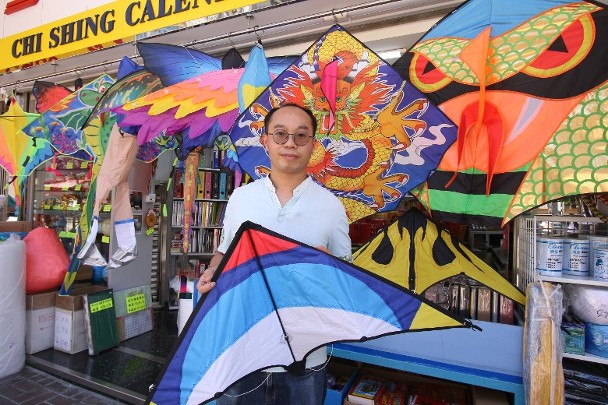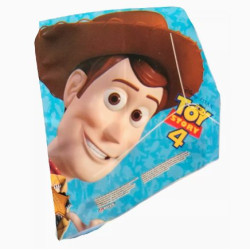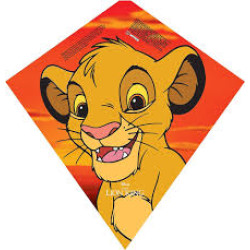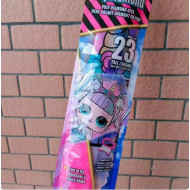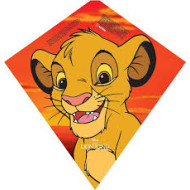
The preferences and requirements of different countries for wind grills
Kiteing, a simple yet fun game, has long been a common pastime for people all over the world. Kite enthusiasts in different countries and regions, due to different cultural backgrounds, environmental geography and weather conditions, also have their own preferences and requirements in kite design, materials and gameplay. Today, we're going to explore the unique preferences and requirements of different countries for kites.
China: A combination of tradition and art
China is the birthplace of kites, with a long history of kites and a rich kite culture. Chinese kites are often beautifully made, with a variety of patterns and profound meanings. Many kites are painted with traditional auspicious motifs such as dragons, phoenixes, butterflies and flowers, which are not only beautiful but also carry rich cultural connotations.
example
At China's kite festivals, you'll see a wide variety of kites with unique shapes, from giant dragon kites to delicate bird kites, each showcasing the craftsmanship and creativity of the makers. These kites are not only flying tools, but also works of art.
Japan: A symbol of simplicity and festivity
The design of Japanese kites (known as "sagare") is relatively simple, but equally artistic. Japanese kites are usually made using traditional washi paper and bamboo, and the patterns are mostly simple geometric figures or allegorical motifs such as carp, samurai, and mythological figures. Kites play an important role in festivals and celebrations in Japan, especially during the Boys' Day (Dragon Boat Festival), when carp kites become a standard item in every household.
example
Every year on Boys' Day, May 5th, the skies of Japan are filled with a variety of carp kites, which symbolize courage and strength, and pray for the healthy growth of children.
The United States: A combination of innovation and competition
Kite enthusiasts in the United States love innovation and challenges, especially sport kites and stunt kites are very popular in the United States. These kites are often made using modern materials such as carbon fiber and durable nylon cloth, and are designed with an emphasis on flight performance and handling. Kite competitions are very popular in the United States, where competitors perform a variety of challenging aerobatics and team performances.
example
At kite competitions in the United States, you'll see competitors flying two- or four-line kites in the air performing a variety of challenging maneuvers such as tumbling, spinning, and flying in formation, which always attract the attention of large crowds.
India: A fusion of colour and tradition
Kites in India (known as पतंग) are known for their bright colors and diverse shapes, especially during the annual Kite Festival (Makar Sankranti), when the skies of India are filled with a variety of kites. Indian kites are often made using lightweight materials such as paper and bamboo, and the design emphasizes the brightness and contrast of colors.
example
At kite festivals in India, family members and friends come together to fly kites and engage in friendly competitions to see who has the tallest and most stable kite. This kind of activity not only strengthens the relationship between people, but also allows everyone to enjoy the fun of kite flying together.
Thailand: A symbol of religion and celebration
Thai kites (known as "ว่าว") are often associated with religious and celebratory events, especially during the annual kite festival, when a large number of kites appear in the skies of Thailand. Thai kites are usually made from lightweight materials and come in a variety of shapes, some of which are even decorated with religious symbols
